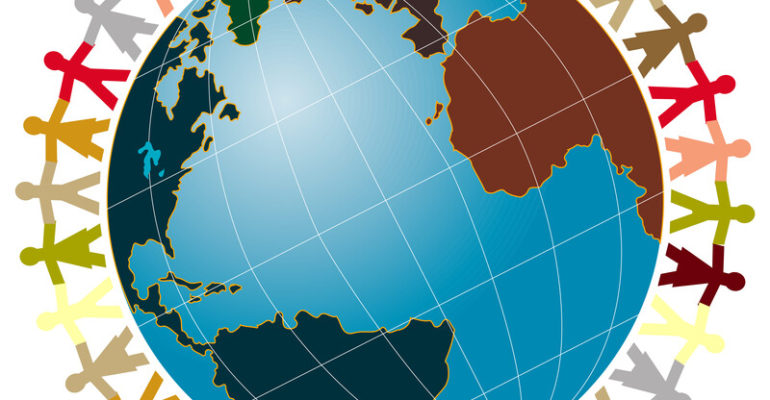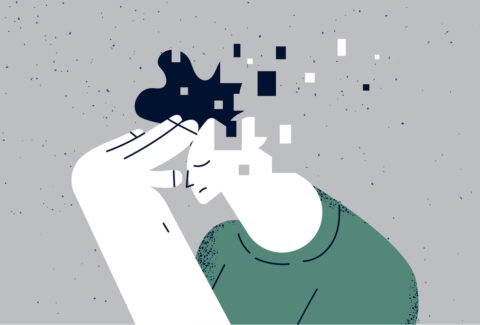The Ecological Systems Perspective and the SWEET Clinicians

The Ecological Systems Perspective and the SWEET Clinicians
Our field of mental health encompasses a variety of models and approaches that we use to address individual, family, group, and community needs.
One commonly recognized model is the ecological systems perspective[1], which emphasizes the interaction between individuals and their environments.
The ecological systems perspective is also known as ecological systems theory. It is a theoretical framework that, we would agree, makes a lot of sense given the work we do. It is a perspective that highlights the importance of understanding individuals within the context of their environments and the reciprocal interactions between the person and their social systems.[2]
Whether we are meeting with our clients individually, or as part of a dyad, or in a family, or group, understanding each of our clients within the context of their environment cannot be overemphasized. For, the ecological systems perspective recognizes that our clients are influenced by multiple interconnected systems. These systems, in turn, include immediate and direct influences on broader societal and cultural influences.[3]
What are the different systems that the ecological systems theory encompasses?
Five such systems have been developed. Let’s take a look:
I. Microsystem[4]:
This refers to the immediate and direct environments that our clients interact with regularly. They have a significant impact on our client’s development and well-being.
They include:
a. Family
b. Peers
c. School
d. Neighborhood
II. Mesosystem[5]:
The mesosystem refers to the connections and interactions between different microsystems
Examples include:
a. The relationship between a child’s school and their family
b. The influence of a person’s workplace on their family life
The mesosystem examines how different microsystems intersect and influence each other.
III. Exosystem[6]:
The exosystem includes environments that indirectly impact our clients but do not involve direct participation. Two examples are:
a. The influence of a parent’s workplace on the family
b. Government policies affecting communities
IV. Macrosystem[7]:
The macrosystem encompasses broader cultural values, social norms, and ideologies. All these, in turn, shape our clients’ experiences
The macrosystem includes:
a. Societal beliefs
b. Economic systems
c. Political structures
d. Cultural traditions
V. Chronosystem[8]:
The chronosystem recognizes the influence of time and historical context on our clients and their environments. It encompasses the changes and transitions that occur over the client’s lifespan and historical events and societal shifts and their impact thereof.
According to the ecological systems perspective, our clients are not isolated entities. Rather, they are shaped by the systems they interact with.
By understanding the various systems and their dynamics, SWEET Clinicians get to intervene at multiple levels to promote the most change, support resilience, and enhance well-being.
As SWEET Clinicians, we consider the impact of various systems on our clients’ life. We then learn to collaborate with our clients, their families, communities, and other professionals to address systemic barriers, provide support, and advocate for social justice. We do so while paying close attention to the principle of the ecological systems perspective.
Now, unto you:
1. Which of these 5 Systems has been most at play in your clients’ lives?
2. Let us know which tools we can help with. The vision of the SWEET Institute is to provide a safe space for all clinicians throughout the world where they can amass the tools they need, including tools for providing the best care possible, particularly to those who are the hardest to reach.
3. Consider attending one of the following relevant seminars that may help provide you with additional tools:
A. Schema Therapy for Clinicians
[1] Evans, Olivia Guy. “Bronfenbrenner’s ecological systems theory.” (2020).
[2] Rothery, Michael. “Ecological systems theory.” Theoretical perspectives for direct social work practice: A generalist-eclectic approach (2001): 65-82.
[3] Renn, K. A., & Arnold, K. D. (2003). Reconceptualizing Research on College Student Peer Culture. The Journal of Higher Education, 74(3), 261–293.
[4] Härkönen, Ulla. “The Bronfenbrenner ecological systems theory of human development.” (2001): 1-19.
[5] Noursi, Samia, Bani Saluja, and Leah Richey. “Using the ecological systems theory to understand Black/White disparities in maternal morbidity and mortality in the United States.” Journal of racial and ethnic health disparities 8 (2021): 661-669.
[6] Martinello, Emily. “Applying the ecological systems theory to better understand and prevent child sexual abuse.” Sexuality & Culture 24.1 (2020): 326-344.
[7] Crawford, M. “Ecological Systems theory: Exploring the development of the theoretical framework as con-ceived by Bronfenbrenner.” J Pub Health Issue Pract 4.2 (2020): 170.
[8] Bluteau, Patricia, Lynn Clouder, and Debra Cureton. “Developing interprofessional education online: An ecological systems theory analysis.” Journal of interprofessional care 31.4 (2017): 420-428.






